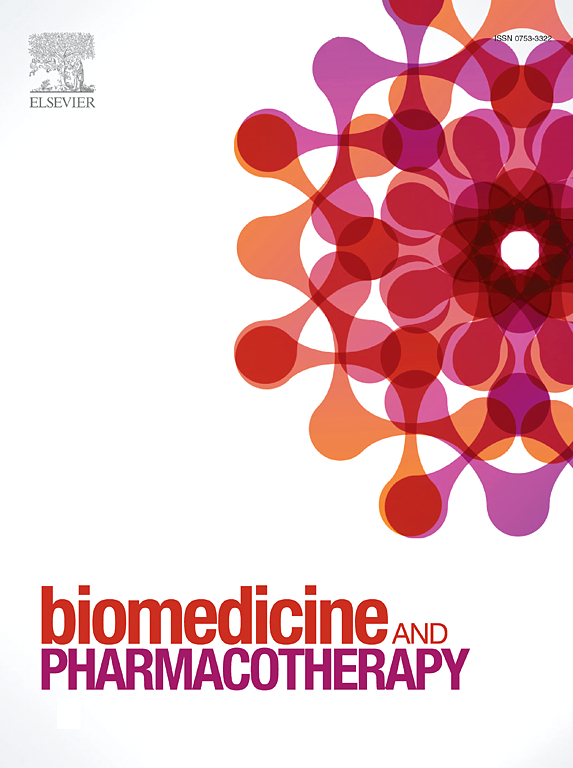Vagus nerve stimulation: A targeted approach for reducing tissue-specific ischemic reperfusion injury
IF 6.9
2区 医学
Q1 MEDICINE, RESEARCH & EXPERIMENTAL
引用次数: 0
Abstract
Vagus Nerve Stimulation (VNS), a neuromodulation technique of applying controlled electrical impulses to the vagus nerve, has now emerged as a potential therapeutic approach for ischemia-reperfusion insults. It provides a pivotal link in improving functional outcomes for the central nervous system and multiple target organs affected by ischemia-reperfusion injury (I/RI). Reduced blood flow during ischemia and subsequent resumption of blood supply during reperfusion to the tissue compromises cellular health because of the combination of mitochondrial dysfunction, oxidative stress, cytokine release, inflammation, apoptosis, intracellular calcium overload, and endoplasmic reticulum stress, which ultimately leads to cell death and irreversible tissue damage. Furthermore, inflammation and apoptosis also play critical roles in the acute progression of ischemic injury pathology. Emerging evidence indicates that VNS in I/RI may act in an anti-inflammatory capacity, reducing oxidative stress and apoptosis, while also improving endothelial and mitochondrial function leading to reduced infarct sizes and cytoprotection in skeletal muscle, gastrointestinal tract, liver, kidney, lung, heart, and brain tissue. In this review, we attempt to shed light on the mechanistic links between tissue-specific damage following I/RI and the therapeutic approach of VNS in attenuating damage, considering both direct and remote I/RI scenarios. Thus, we want to advance the understanding of VNS that could further warrant its clinical implementation, especially as a treatment for I/RI.
求助全文
约1分钟内获得全文
求助全文
来源期刊
CiteScore
11.90
自引率
2.70%
发文量
1621
审稿时长
48 days
期刊介绍:
Biomedicine & Pharmacotherapy stands as a multidisciplinary journal, presenting a spectrum of original research reports, reviews, and communications in the realms of clinical and basic medicine, as well as pharmacology. The journal spans various fields, including Cancer, Nutriceutics, Neurodegenerative, Cardiac, and Infectious Diseases.

 求助内容:
求助内容: 应助结果提醒方式:
应助结果提醒方式:


